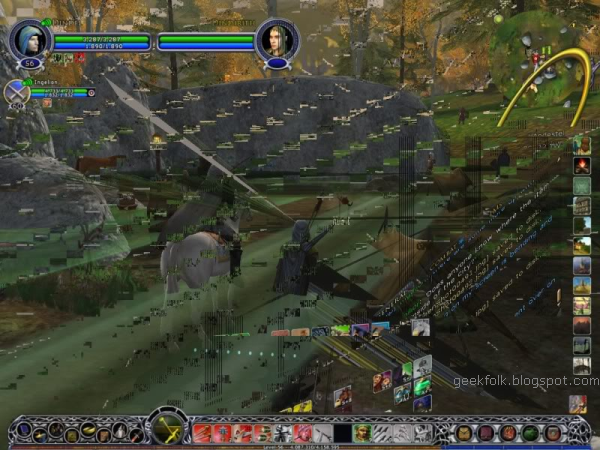Capture the mouse cursor every time, grab a single window and save screenshots automatically
Capture anything with the Snipping Tool
Well, nearly anything. The Snipping Tool has been included with Windows Vista onwards. It will capture screenshots that seem beyond the reach of keyboard shortcuts – meaning specific parts of the screen, or a freehand area.
The Snipping Tool is hidden in different places but one way to launch it on any version of Windows is to press Windows key+R, type snippingtool.exe and press Enter. Click the New button before dragging a rectangle over the part of the screen you want to grab. But have you ever noticed the little down arrow next to this button? Click this instead to access four different ways to capture screens.








